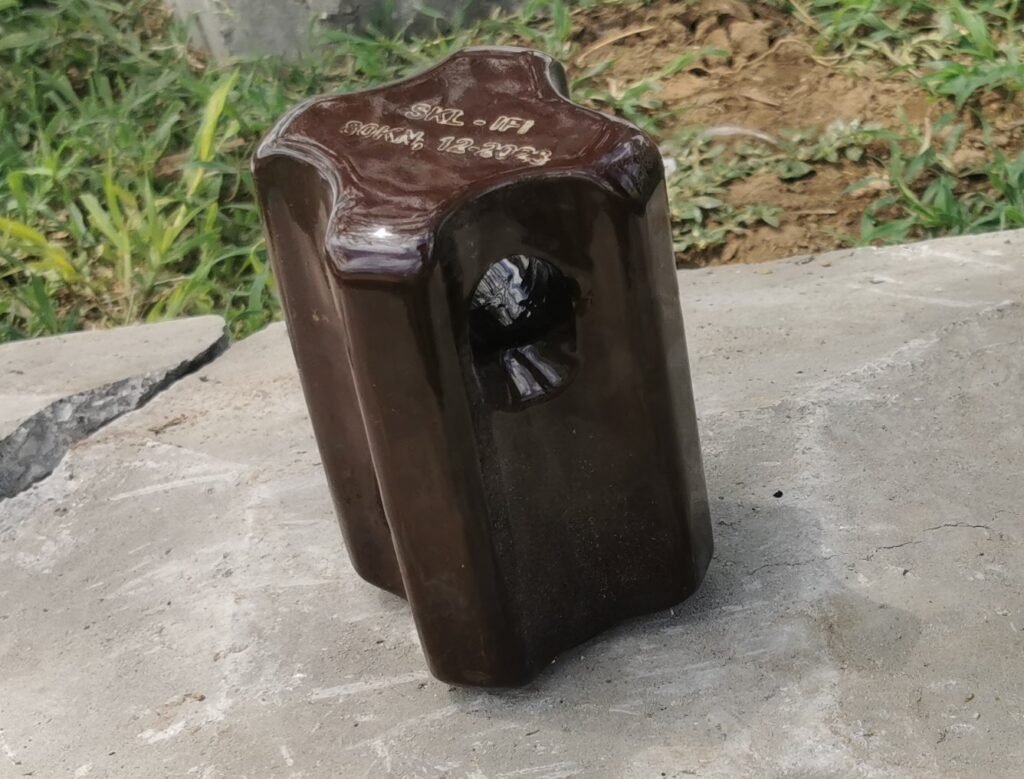
A stay insulator is an insulating component that supports and insulates wires, cables, and conductors. It is sometimes referred to as a guy or egg insulator. It avoids electrical leaks and lowers the chance of short circuits. A stay insulator additionally secures the conductors while maintaining adequate space between them. It is from materials like porcelain, glass, or composites. These materials have good insulating qualities and can sustain high voltages. Stay insulators have designs to tolerate mechanical stress, temperature changes, and environmental conditions. They also contribute to the reliable and safe operation of electrical infrastructures. This prevents the loss of electrical energy and lowers the danger of accidents. Stay insulators support, insulate, ground, and protect ADSS and OPGW cables. This promotes the safe operation of ADSS and OPGW cables in overhead power transmission networks.
Materials utilized in the production of stay insulator
Stay insulators are from a variety of materials chosen for their specific qualities and applicability. The material used for the stay insulator depends on by a variety of criteria. These include voltage, climatic conditions, and mechanical load requirements. Choosing the correct materials helps to guarantee that the infrastructure operates safely and reliably. The following materials are commonly used in the manufacture of stay insulators.
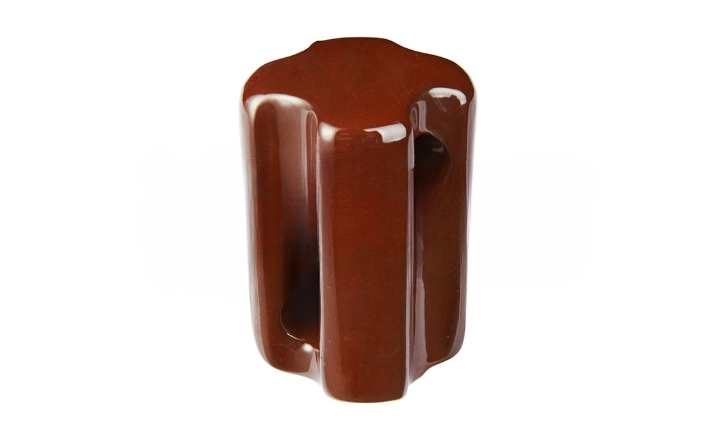
- Porcelain – this has excellent electrical insulating capabilities as well as mechanical robustness. This makes them suited for handling high voltages and mechanical stress. Porcelain stay insulators are resistant to moisture, pollutants, and ultraviolet light.
- Composite materials – these are a blend of materials. This includes fiberglass reinforced polymer and silicone rubber. These materials are lightweight, mechanically strong, and resistant to environmental influences. They are also strong and resistant to damage.
- Glass – this is also referred to as tempered or toughened glass. Glass stay insulators are lightweight, provide superior electrical insulation, and are resistant to corrosion. They also work in environments with little pollution and mild mechanical stress.
- Ceramics – these provide strong electrical insulating qualities and mechanical robustness. Ceramics include materials such as alumina and steatite. They may receive less use than porcelain or composite materials.
Factors Determining Material Choices for Stay Insulator
The proper selection of the stay insulator material contributes to meeting the application’s specific criteria. It also guarantees the safe and dependable operation of electrical transmission systems. It is also crucial to seek professional advice on the appropriate materials. The following are some frequent considerations that influence material selection for stay insulators.
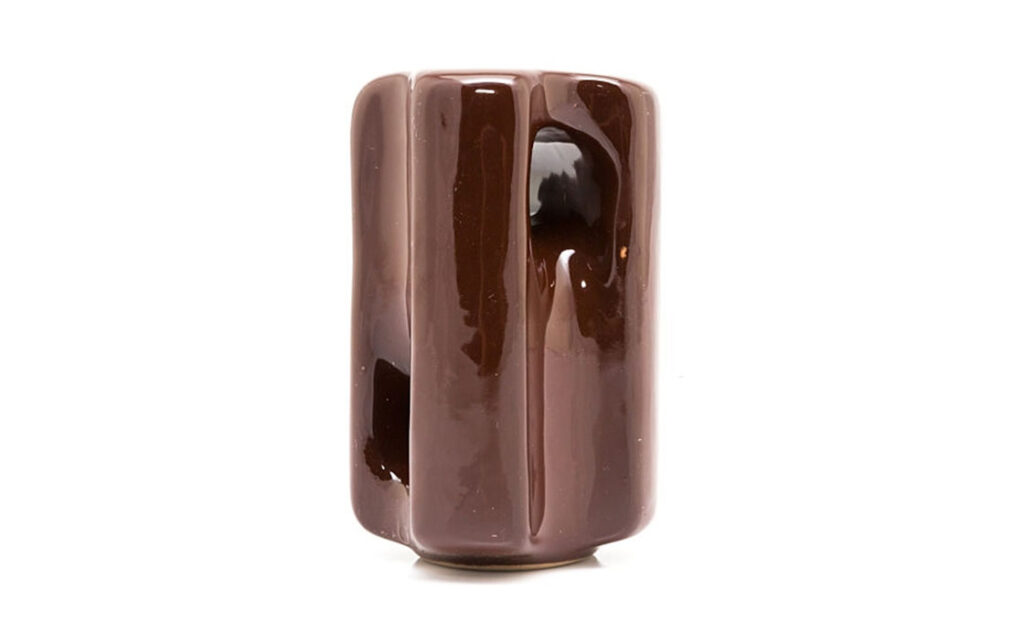
- Voltage level – higher voltage systems need materials with higher dielectric strength. This is to prevent an electrical failure.
- Weight and size limitations – the weight and size of the insulators influence installation and maintenance. Lightweight materials lessen the load on support structures. They’re also easier to handle during installation.
- Durability and longevity – the insulators should have a longer service life and require less maintenance. This is to ensure the stability and longevity of the electrical infrastructure.
- Mechanical load requirements – stay insulators must endure mechanical stresses in the application. This includes tension, compression, and bending. The materials chosen should have adequate mechanical strength and resistance to deformation.
- Corrosion resistance – the insulator material should be corrosion resistant. Moisture, salt spray, and contaminants are all potential sources of corrosion.
- Costs – material pricing and availability are important factors to consider while selecting materials. It is critical to strike the right balance between requirements and cost effectiveness.
- Environmental conditions – the chosen insulator material should be resistant to environmental degradation. This is to assure long-term performance and dependability. It should be resistant to changes in temperature, humidity, pollution, UV light, and chemical exposure.
- Safety and regulatory compliance – the insulator material must meet all safety criteria. These are the standards for electrical insulating qualities, mechanical strength, fire resistance, and environmental impact.
Surface Treatments for Stay Insulators
Stay insulators have many surface coatings to improve their performance, longevity, and resistance. The coatings also contribute to the safe and efficient operation of electrical infrastructure. The following are some common surface coatings for stay insulators.
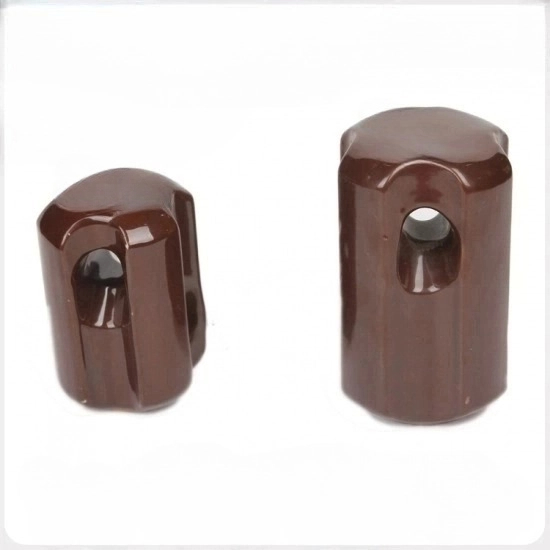
- Silicone rubber coating – this provides weather resistance, UV radiation protection, and hydrophobic qualities. They generate a coating that repels water and blocks surface tracking or currents. They also offer good flexibility, thermal stability, and resistance to pollutants.
- Polymer coatings – this offers mechanical protection and chemical resistance to the insulator. They also increase the insulator’s resilience to abrasion, impact, and environmental degradation.
- Flame retardant coatings – these function on stay insulators to prevent flames from spreading during a fire. The coatings include additives that inhibit combustion and lessen the flammability of the insulating material.
- Hydrophobic coatings – this aid to repel water and reduce contamination on the surface. It prevents the creation of conductive pathways caused by moisture on the surface. The coating also enhances the insulator’s electrical performance.
- Anti-pollution coatings – this use hydrophobic chemicals and specific surfactants to repel contaminants. They decrease surface conductivity and the likelihood of flashovers and electrical failures.
- Corrosion-resistant coatings – these help protect the metal fittings attached to the insulator. They include zinc-rich primers, epoxy coatings, and corrosion inhibitors. They offer a barrier against moisture and chemical attack, extending the insulator’s lifespan.
Manufacture of Stay Insulators
Stay insulators consists of a variety of components and techniques. It combines materials, manufacturing techniques, and quality control measures. They contribute to the development of reliable and long-lasting components for usage in a variety of systems. Furthermore, it is critical to ensure that the insulators meet safety requirements. The following is a basic construction overview of stay insulators.
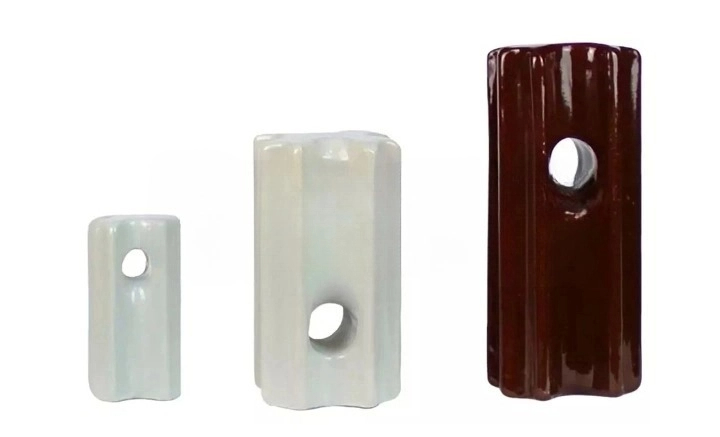
- The core material – this provides mechanical support and electrical insulation. It is from materials like porcelain, glass, or composites.
- End fittings – stay insulators have end fittings on both ends for easy attachment to support structures. End fittings are from metals that can bear mechanical loads. They also serve to offer secure anchoring points.
- Assembly – this entails the employment of processes such as cementing or molding to connect the core material and end fittings.
- Surface treatments – stay insulators undergo treatment to improve their performance and resistance. Coatings such as silicone rubber, hydrophobic coatings, or polymers apply on the insulator surface. They can repel moisture, reduce pollutant accumulation, and increase electrical performance.
- Quality control – this refers to steps taken to assure dimensional accuracy, mechanical strength, and electrical qualities. Stay insulators go through a variety of tests to ensure that they meet industry standards and regulations.
- Accessories – the insulators are compatible with accessories such as corona rings, grading rings, and surge arrestors. They boost performance and reduce the effects of electrical events such as lightning.
- Packaging and shipping – proper packaging and handling practices help to prevent damage during travel. It also guarantees that the insulators arrive in optimal condition for installation.
Testing the quality and performance of stay insulators.
Stay insulators undergo evaluation to verify their dependability, durability, and compliance with standards. These tests take place during both the manufacturing and installation processes. This is to test their mechanical strength, electrical insulating qualities, and resistance to environmental conditions. Testing also allows producers and operators to ensure the quality and performance of stay insulators. Additionally, it is advisable that the stay insulators adhere to standards such as ANSI, IEC, or IEEE. The following are some frequent testing for stay insulators.
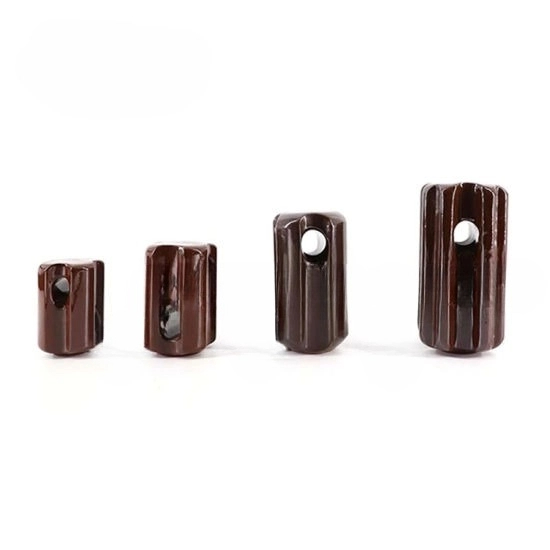
- Mechanical load testing – this helps to determine their ability to sustain tension, compression, and bending forces. The tests simulate mechanical stresses that occur during installation, operation, and environmental conditions.
- Puncture test – this examines the puncture strength of insulator materials under severe electrical stress. It’s also useful to assess the insulator’s resilience to surface punctures and tracking.
- Corona performance test – this test evaluates the insulator’s capacity to suppress corona discharge. Corona inception, extinction, and onset voltages are among the experiments performed.
- Electrical withstand test – this test determines the insulator’s ability to endure high voltage without failing. The insulators face high voltage AC and DC tests for specified voltage levels and durations.
- Environmental aging tests – these expose insulators to temperature cycling, salt fog, and artificial pollution. They are also exposed to circumstances such as heat, humidity, UV radiation, and pollution to test their performance.
- The thermal cycling test – this subject the insulators to repeated temperature variations. This is to determine their thermal stability and resistance to thermal stress.
- Creepage distance tests – this determines the surface leakage distance along the insulator at a specific voltage. It evaluates the insulator’s capacity to resist leakage currents and surface tracking.
Frequently asked Questions
Stay insulators support and insulate cables, wires, and conductors, preventing electrical leakage. They also help to lessen the likelihood of short circuits and electrical failures.
The choice of stay insulator depends on criteria such as voltage level, mechanical load requirements, and corrosion resistance.
Mechanical load tests, electrical withstand tests, puncture tests, corona performance, and thermal cycling tests are all common types of tests.
